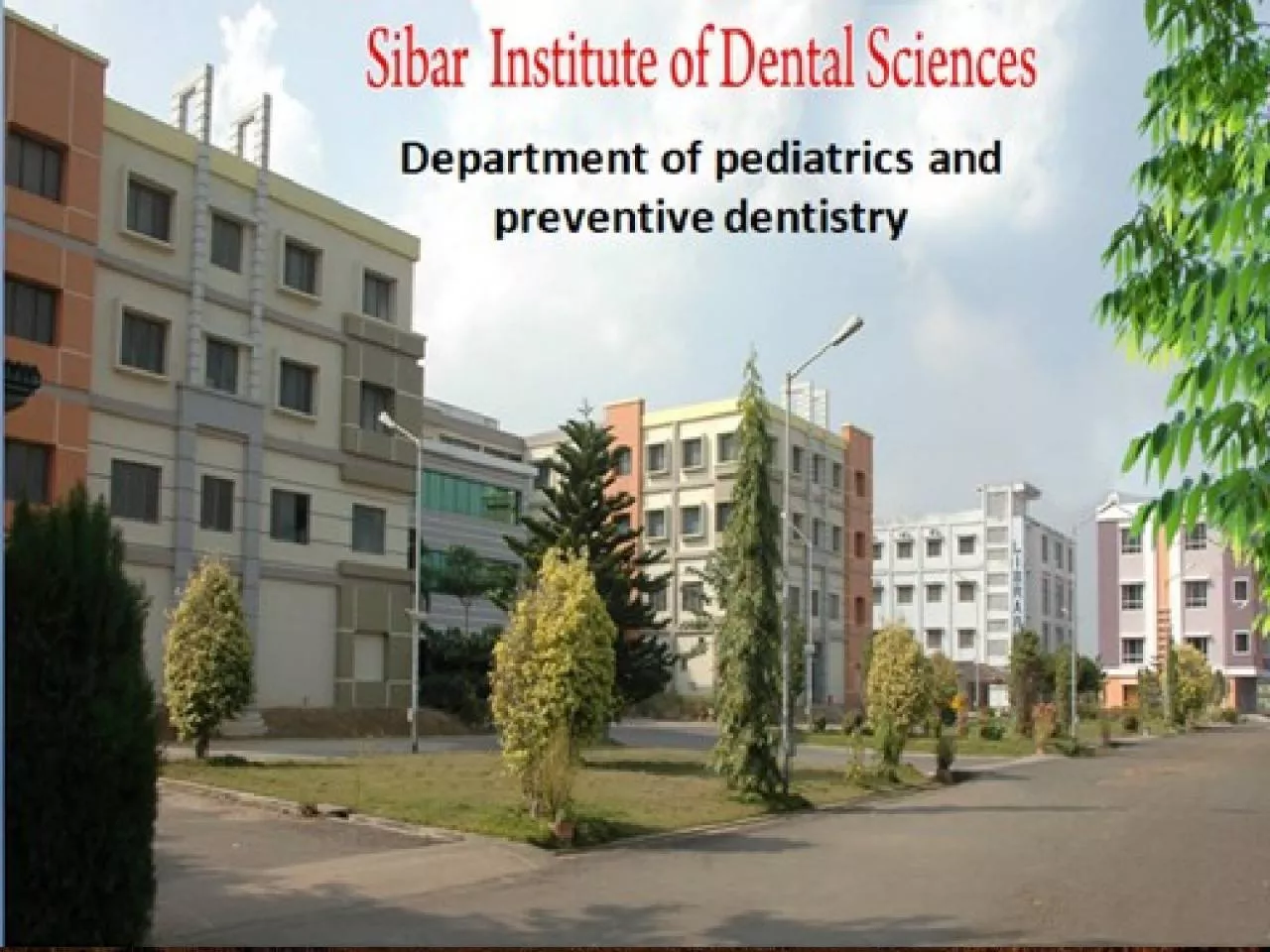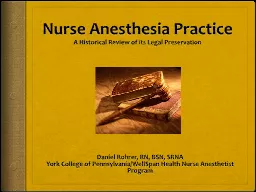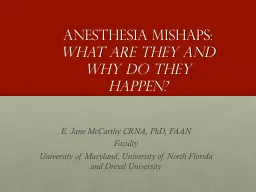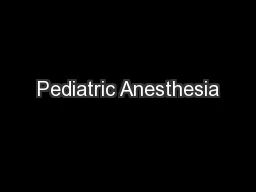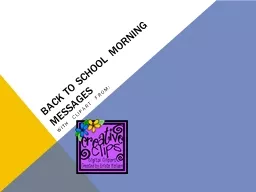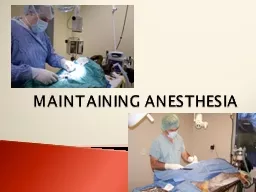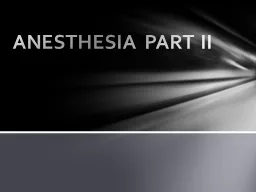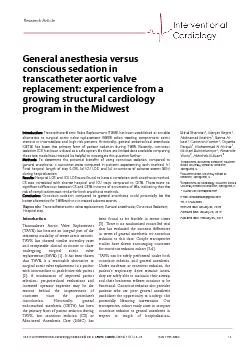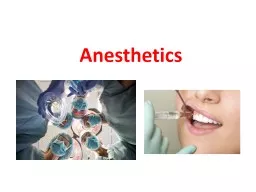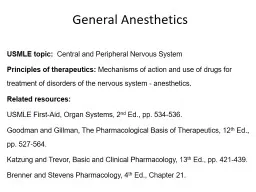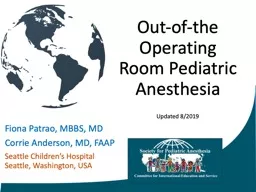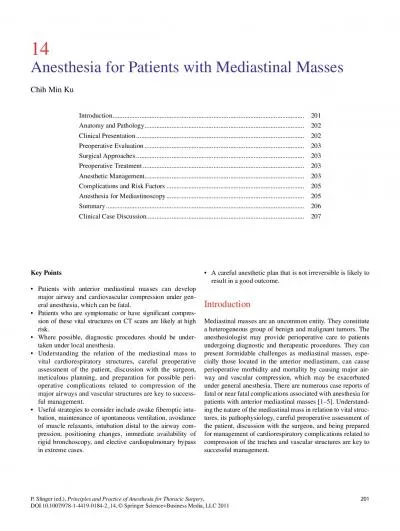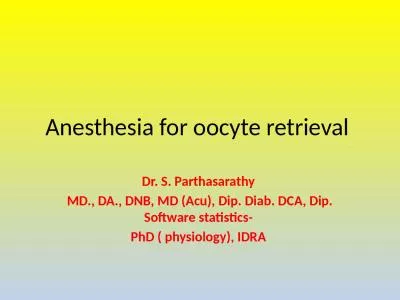PPT-Good morning GENERAL ANESTHESIA
Author : melody | Published Date : 2024-03-15
Minimal sedation Druginduced state during which patients respond normally to drug verbal commands Moderate sedationanalgesiaconscious sedation
Presentation Embed Code
Download Presentation
Download Presentation The PPT/PDF document "Good morning GENERAL ANESTHESIA" is the property of its rightful owner. Permission is granted to download and print the materials on this website for personal, non-commercial use only, and to display it on your personal computer provided you do not modify the materials and that you retain all copyright notices contained in the materials. By downloading content from our website, you accept the terms of this agreement.
Good morning GENERAL ANESTHESIA: Transcript
Download Rules Of Document
"Good morning GENERAL ANESTHESIA"The content belongs to its owner. You may download and print it for personal use, without modification, and keep all copyright notices. By downloading, you agree to these terms.
Related Documents

